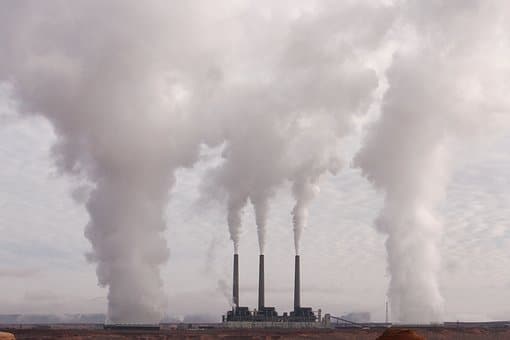U.S. EPA Updates Methane Emissions Reporting Requirements for Oil and Gas Sector

The U.S. Environmental Protection Agency on May 6 issued a final rule updating reporting requirements for petroleum and natural gas systems under the agency’s Greenhouse Gas Reporting Program. The revisions will improve the accuracy of reported emissions from oil and natural gas facilities, providing greater transparency and accountability for methane emissions from their operations. Methane is 80 times more potent than carbon dioxide in trapping heat in the atmosphere over a 20-year period.
The agency said that recent studies show that actual emissions from these systems are much greater than what has historically been reported under the program. The rule includes provisions to fill the void, including enabling the use of satellite data to detect super-emitters and quantify large emission events, mandating direct monitoring of key emission sources, and revising calculation methods.
The rule is part of the Methane Emissions Reduction Program established by the 2022 Inflation Reduction Act, or IRA. The program provides over $1 billion to reduce methane emissions from the petroleum and natural gas sector. IRA required revisions to Subpart W of the GHG Reporting Program under which owners or operators of petroleum and natural gas facilities emit 25,000 metric tons or more of emissions per year (expressed as carbon dioxide equivalents) report GHG data to EPA. Subpart W consists of emission sources in ten segments of the petroleum and natural gas industry. With the announcement of the new rule, EPA will update Subpart W to ensure that methane emissions reporting is based on empirical data and accurately reflects emissions.
In December, EPA finalized new methane emission standards to slash emissions of methane and other harmful air pollution from oil and natural gas operations. The standards, which require the industry to monitor and address leaks of methane, apply to existing sources for the first time and are expected to result in nearly 80 percent less emissions than projected methane emissions without the standards.
EPA has also proposed a rule for a methane emissions fee established by the IRA to impose a charge on major emitters of waste methane from the oil and gas sector when their emissions exceed the intensity levels established by Congress. The waste emissions charge is designed to work in tandem with several related programs including the methane emission standards.
EnerKnol Pulses like this one are powered by the EnerKnol Platform—the first comprehensive database for real-time energy policy tracking. Sign up for a free trial below for access to key regulatory data and deep industry insights across the energy spectrum.
ACCESS FREE TRIAL


